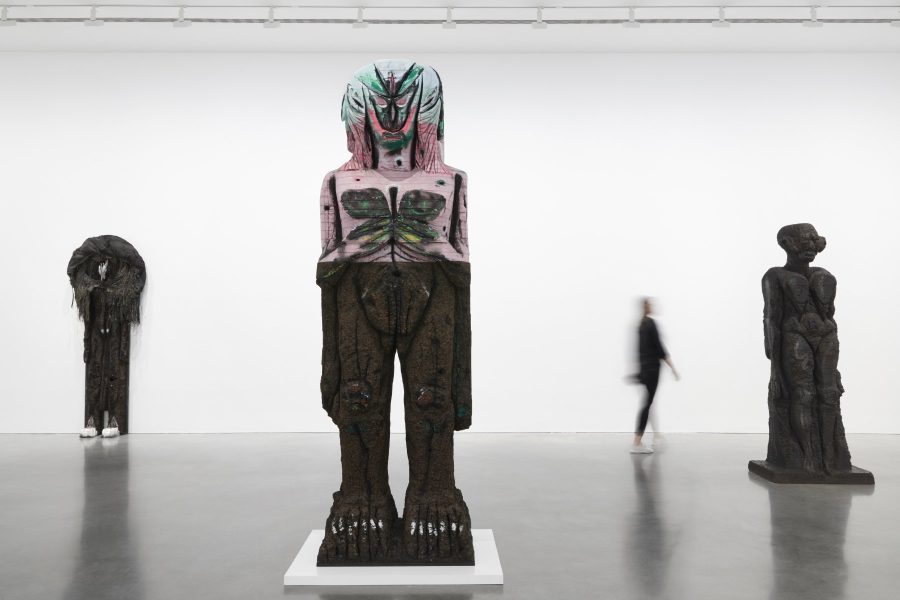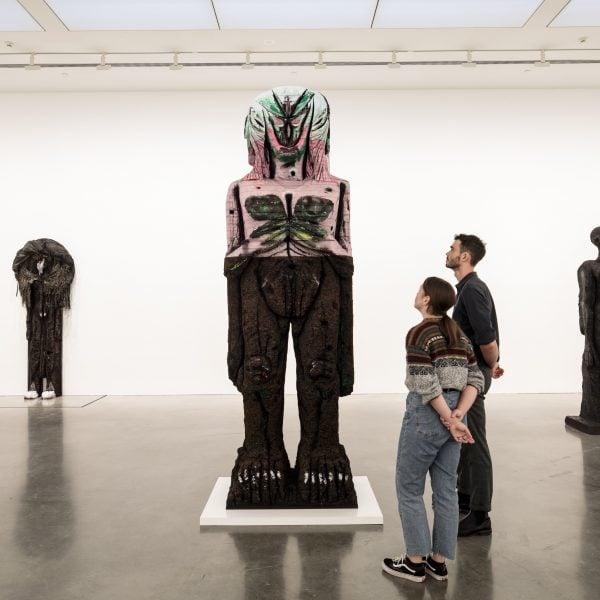Home Participants 22nd Biennale of Sydney (2020) Huma Bhabha
Huma Bhabha


Huma Bhabha
Born 1962 in Karachi, Pakistan Lives and works in Poughkeepsie, New York

Huma Bhabha’s towering, fantastical figures come from deep imagination, taking the form of commanding apocalyptic hybrids. The works reference ancient Greek kouroi (sculptures of nude male youths), Gandharan buddhas (produced between the 1st century BCE and the 7th century CE in present-day Pakistan and eastern Afghanistan), African sculpture and Egyptian pharaohs. Bhabha’s figures emanate colonialism, war, displacement and memories of place. They may even represent border conflict or the guardians who transcend or witness such activity. Using found materials and the detritus of everyday life, Huma Bhabha creates haunting human figures that hover between abstraction and figuration, monumentality and entropy. While her formal vocabulary is distinctly her own, Bhabha embraces a post-modern hybridity that spans centuries, geography, art-historical traditions and cultural associations. Her work includes references to ancient sculptural traditions and at the same time, it remains insistently modern, looking to Giacometti, Picasso and Dubuffet for inspiration, as well as the artwork of Louise Bourgeois, A.R. Penck, Georg Baselitz and David Hammons. Sci-fi, horror movies, current events and popular novels similarly find their way into her narratives. Presented at the 22nd Biennale of Sydney with generous support from Anonymous, and assistance from Salon 94, New York and the United States Government Courtesy the artist and Salon 94, New York
“Bludgeoned surface fetish, raw materials of new idols: golem, adobe clay, wire, foam, cork, bones, mud, dead roots, blown-out tires, alchemy of refuse (Shaman) … Christ was a bum … new religious art built from humble cast-off materials, collage (Kathy Acker) creates crime scene, Bernini corpse stirring in Vermeer light, mythological guardians sculpted in relief and in the round, models for monuments never to be built … become sleeping gods waiting to wake up to a New World!”